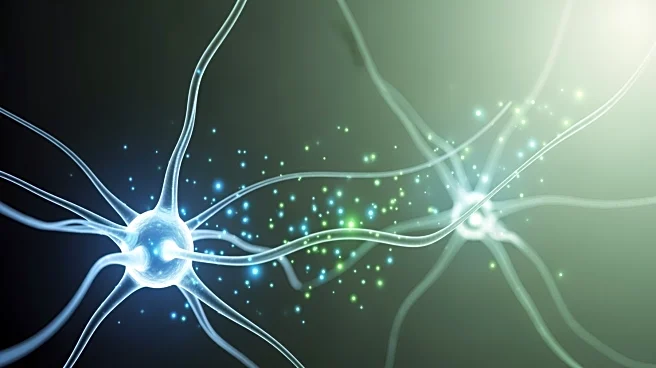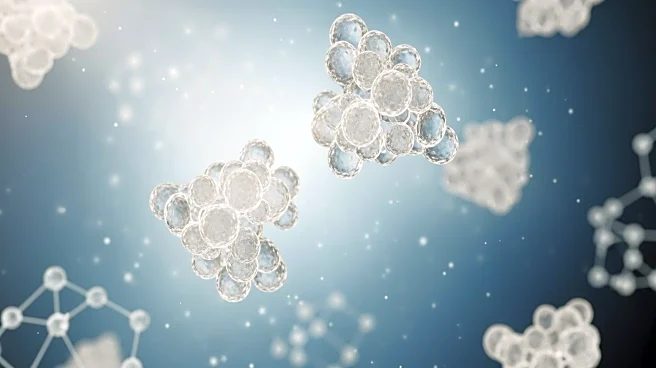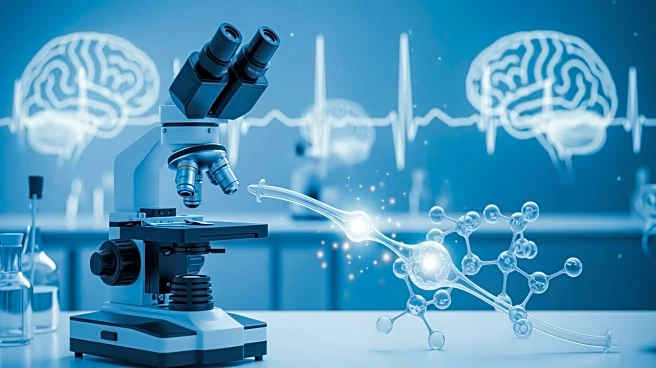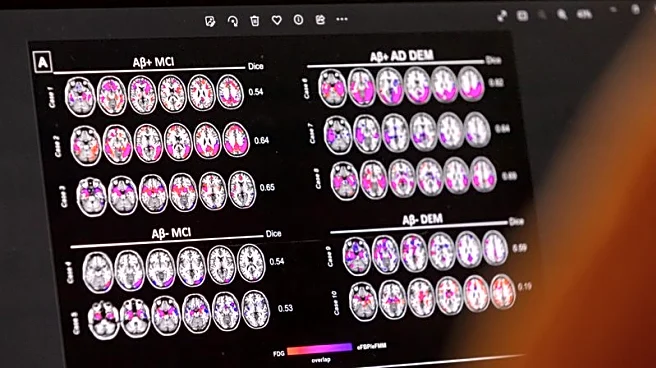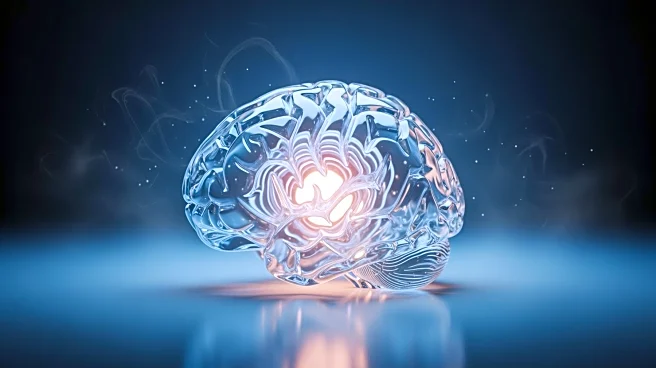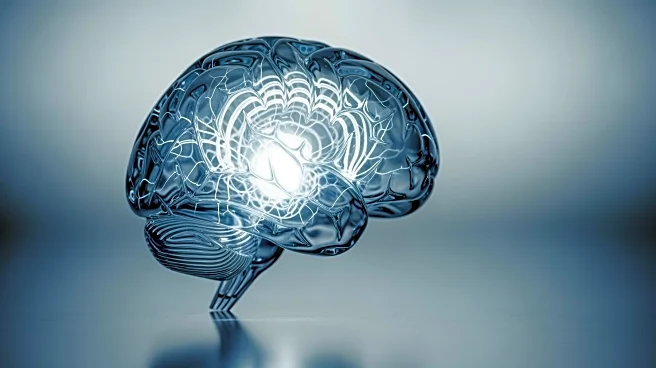What's Happening?
Researchers at Baylor College of Medicine have identified a natural process in the brain that can remove existing amyloid plaques in mouse models of Alzheimer's disease. This process involves astrocytes, star-shaped brain cells, which become more effective
at clearing toxic plaques when the production of the protein Sox9 is increased. The study, published in Nature Neuroscience, demonstrated that boosting Sox9 in mice with Alzheimer's-like symptoms helped clear harmful deposits and protect memory. The research suggests that enhancing astrocyte activity could slow cognitive decline in neurodegenerative conditions.
Why It's Important?
The findings from Baylor College of Medicine offer a potential new avenue for Alzheimer's treatment by focusing on astrocytes rather than neurons. Current treatments primarily aim to prevent plaque formation, but this study suggests that enhancing the brain's natural cleaning process could be equally important. If these results can be translated to humans, it could lead to therapies that harness astrocytes to fight neurodegenerative diseases, potentially offering a more effective and less invasive treatment option for Alzheimer's patients.
What's Next?
Further research is needed to understand how Sox9 functions in the human brain over time. The study opens the door to developing therapies that could leverage astrocytes to combat neurodegenerative diseases. Researchers are likely to explore the potential for clinical trials to test the efficacy of Sox9-based treatments in humans, which could lead to new strategies for managing Alzheimer's disease.
